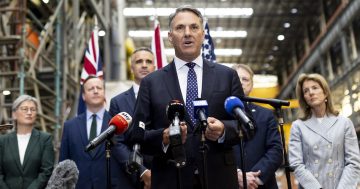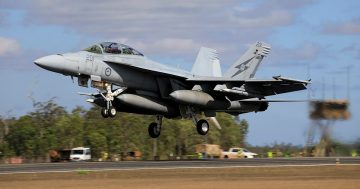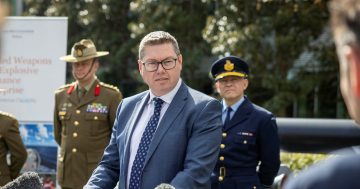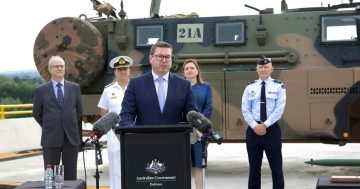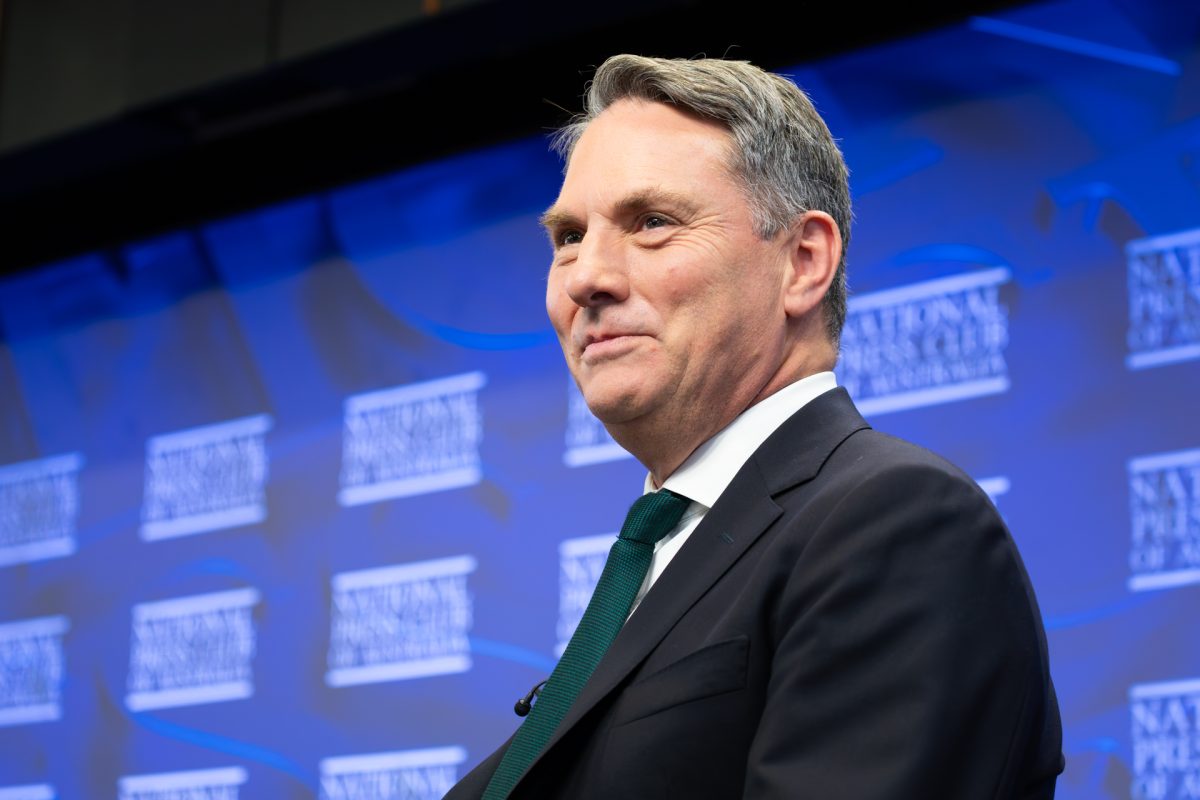
Deputy Prime Minister and Defence Minister Richard Marles: the NDS sets out a clear and priority-driven approach to protecting against threats to Australia and its interests. Photo: Michelle Kroll.
The Federal Government has released a new National Defence Strategy (NDS) for Australia in the face of increasing tensions in the region and across the globe.
The NDS is the first such major document from the Albanese government and follows last year’s Defence Strategic Review (DSR) which highlighted many of the threats Australia is facing, and made recommendations to address those threats.
The NDS, described as a “blueprint to deliver an ambitious transformation of the Australian Defence Force (ADF) to an integrated, focused force capable of safeguarding Australia’s security for decades to come”, will be updated every two years.
According to Defence, “Australia faces the most complex and challenging strategic environment since the Second World War. It demands a coordinated, whole-of-government and whole-of-nation approach to Australia’s defence”.
The NDS is accompanied by an updated Integrated Investment Plan (IIP). This document sets out the specific defence capabilities the government will invest in to give effect to the NDS.
“The 2023 Defence Strategic Review recommended a biennial strategic update through a National Defence Strategy,” the NDS Foreword reads.
“This should be done in combination with a biennial review of the Integrated Investment Program. Accordingly, the 2024 National Defence Strategy is the first iteration of the strategic update and should be read in conjunction with the 2024 Integrated Investment Program.
It adds, “These two documents build on the Defence Strategic Review, which concluded that the Australian Defence Force (ADF) as it was then constituted and equipped was not fully fit for purpose.”
“It called for a fully integrated and more focused ADF characterised by enhanced lethality and greater range, and for Defence policy and activities to be better coordinated with Australia’s broader statecraft.”
The NDS seeks to deter any actions against Australia that could lead to conflict through what it calls a ‘Strategy of Denial’, by giving the ADF resources to better protect its northern bases and to project force using “capabilities that will complicate the calculus of any potential adversary” across the ADF’s five domains – maritime, land, air, space and cyber.
It seeks to shape Australia’s strategic environment through international engagement, deeper ties and security partnerships with allies in the region, and by leveraging Australia’s diplomatic, intelligence and security relationships.
Deterrence will be achieved by demonstrating Australia’s resolve to respond to and withstand attacks on Australian territory, by protecting Australia’s sea lines of communication, by supporting the maintenance of the global rules-based order, and by strengthening the individual and collective capabilities of Australia under AUKUS.
It also aims to give Australia the ability to respond to threats by providing “sufficient capability to credibly hold at risk forces that could attempt to project power against Australian territory and our northern approaches”. This includes adding increased lethality, proving the ability to project and sustain deployed forces in our region, investing in increased command and control and intelligence, and providing adequate levels of workforce recruitment and retention.
“The ADF is shifting from a balanced force capable of responding to a range of contingencies, to an integrated, focused force designed to address the nation’s most significant strategic risks,” the NDS reads.
“This force must be more capable of the impactful projection of military power.
“Through focused investment over the next decade, the government will progressively enhance the ADF’s ability to deter a potential adversary from projecting force against Australia and, if required, sustain operations during a crisis or conflict.”
Almost all of the new capabilities outlined in the NDS and IIP – including new ships, land, air and sea-launched long-range strike missiles, and new armoured vehicles – have already been announced. But more detail on the budget to fund these capabilities has been revealed.
The government says that, since the release of the DSR, it has announced an additional $5.7 billion will be invested over the forward estimates and $50.3 billion over the next decade.
These numbers include $11.1 billion for the Navy’s revised surface combatant fleet, $1 billion over the next four years to accelerate ADF preparedness, including for long-range strike, targeting and autonomous systems, and $38.2 billion over the next decade to fund the IIP and accelerate and sustain priority capabilities.
It says the increase in funding will see the annual Defence budget grow to more than $100 billion by 2033-34.
Deputy Prime Minister and Defence Minister Richard Marles said the NDS sets out a clear and priority-driven approach to protecting against threats to Australia and its interests.
“The National Defence Strategy outlines how we are transforming the ADF and equipping it to survive in a much less certain world,” he said.
“These transformational reforms are designed to ensure that peace, security, and prosperity are maintained in our region.
“The Albanese government is making a historic investment in Defence and has taken tough decisions to reshape the ADF to meet our strategic circumstances and to keep Australians safe.”



